

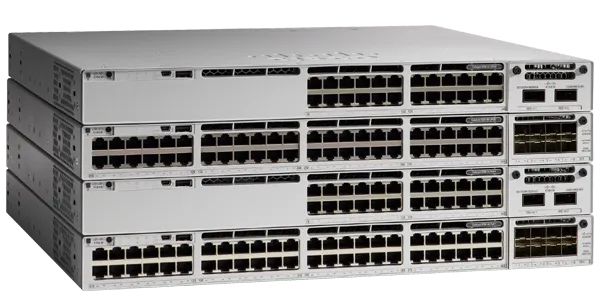

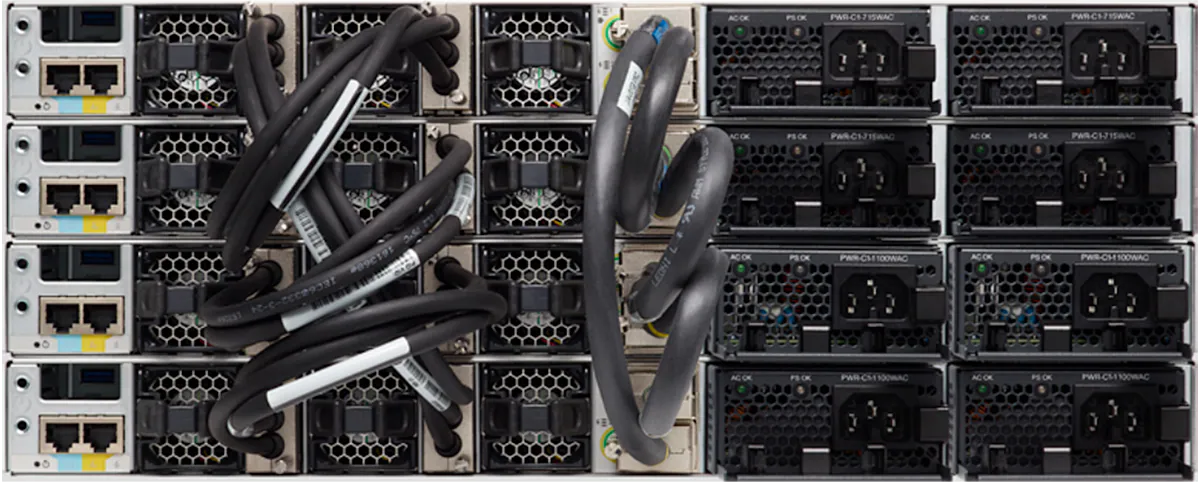
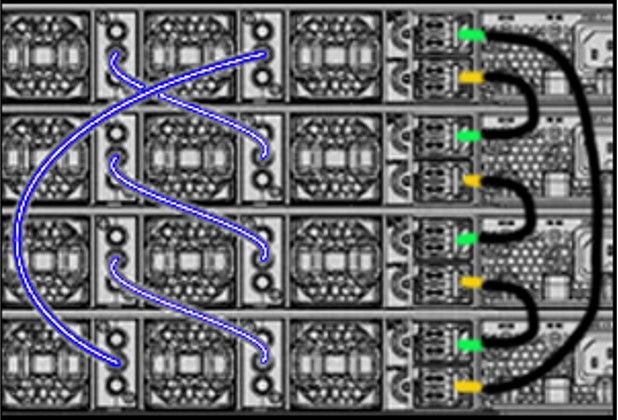

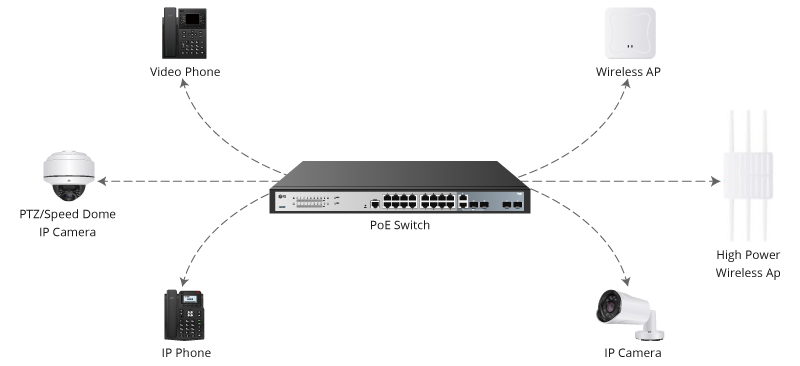

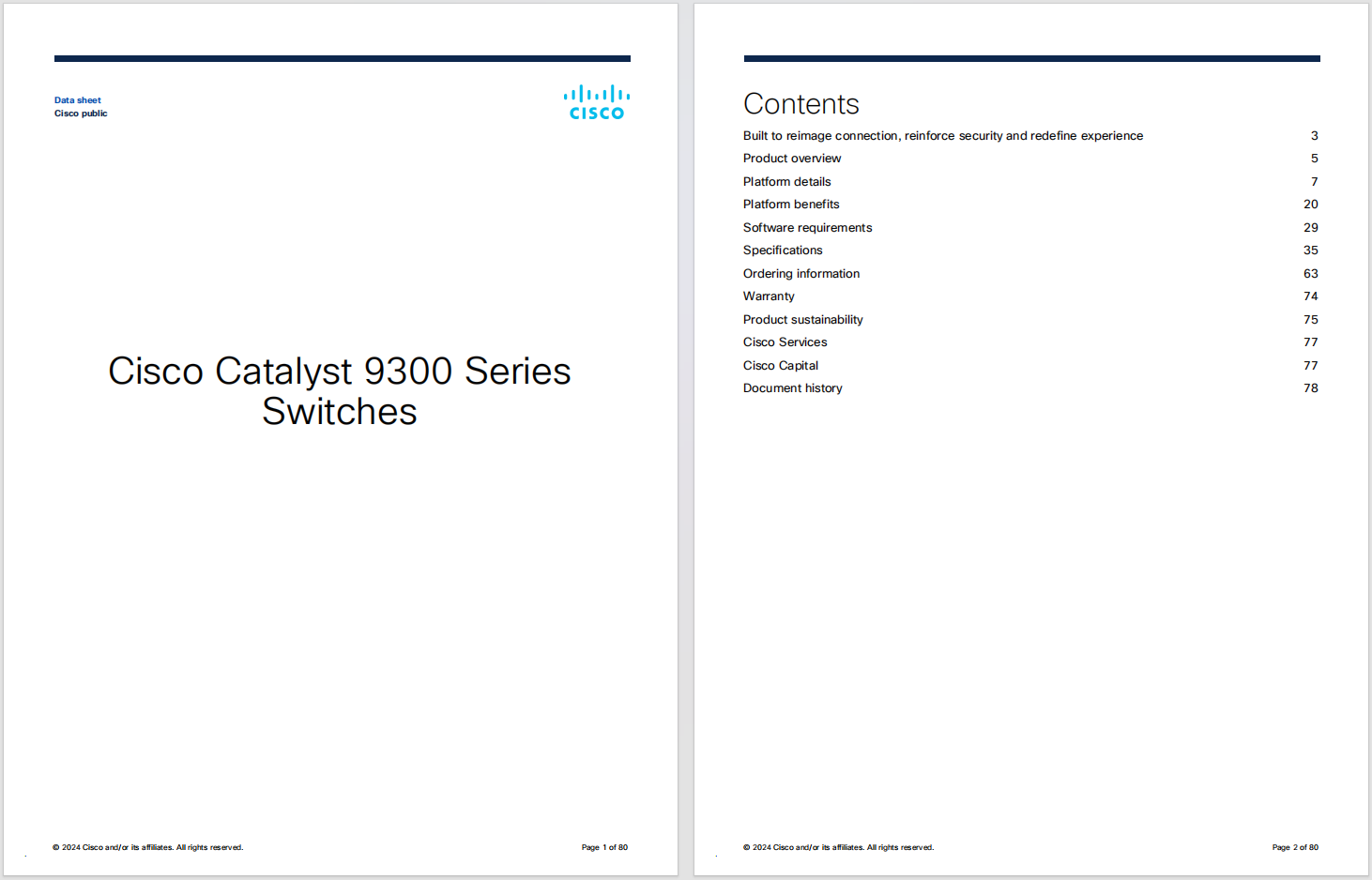



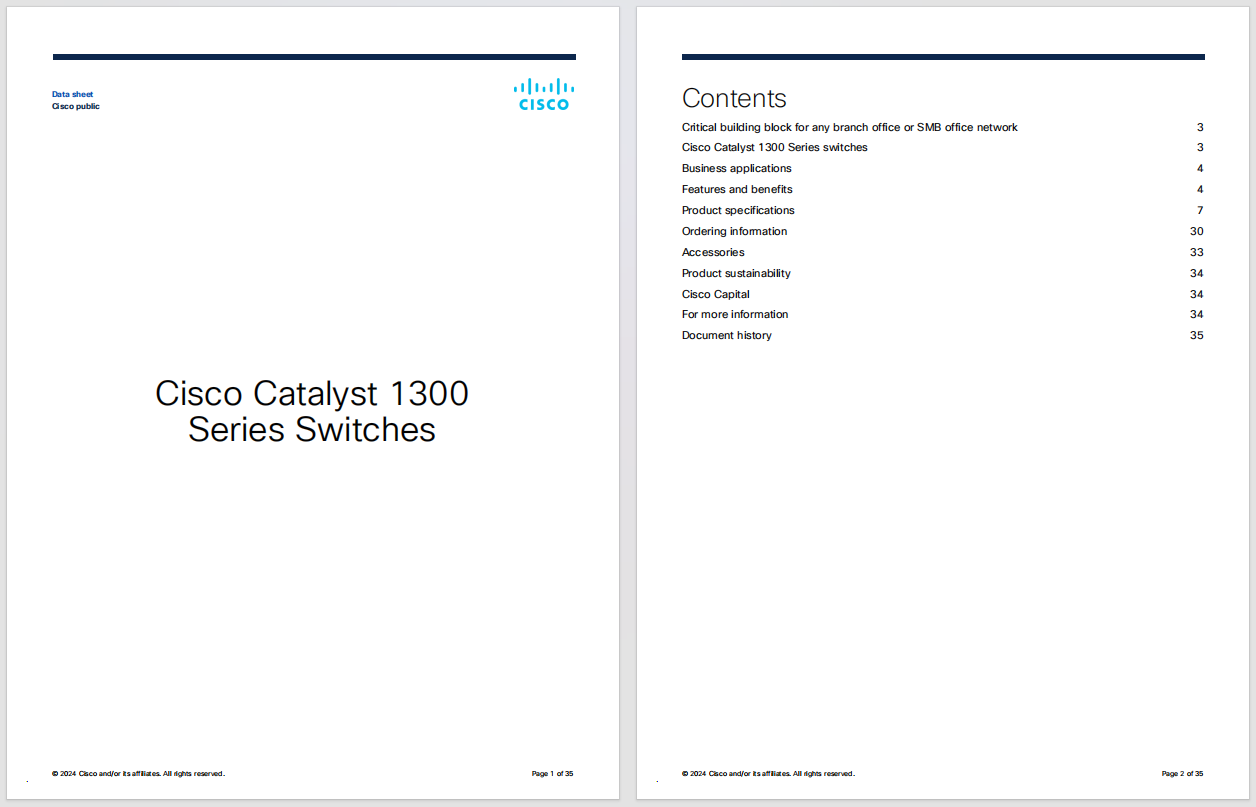





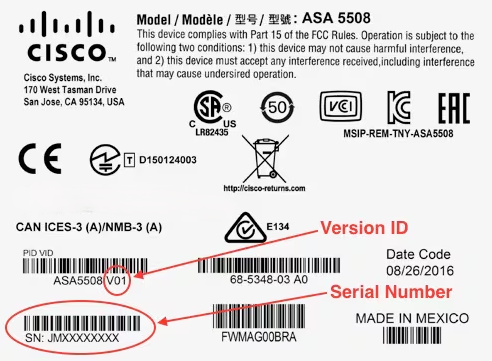










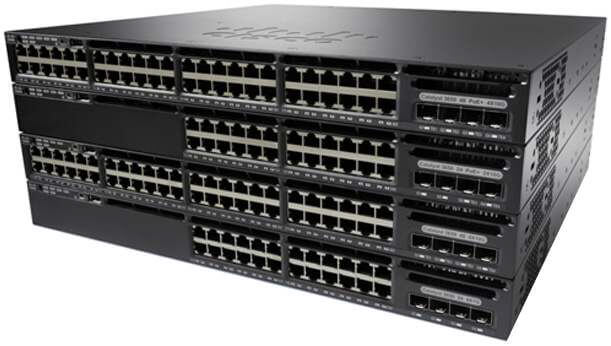
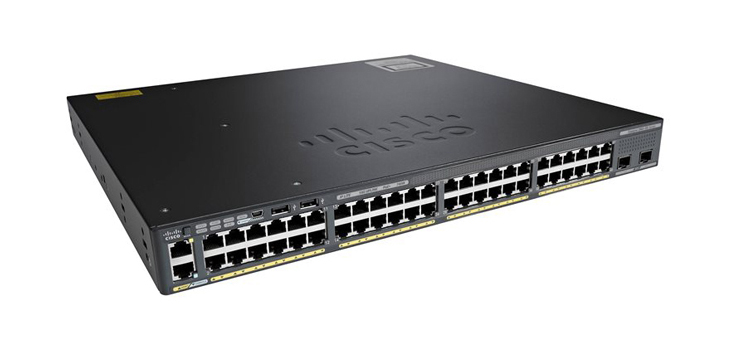
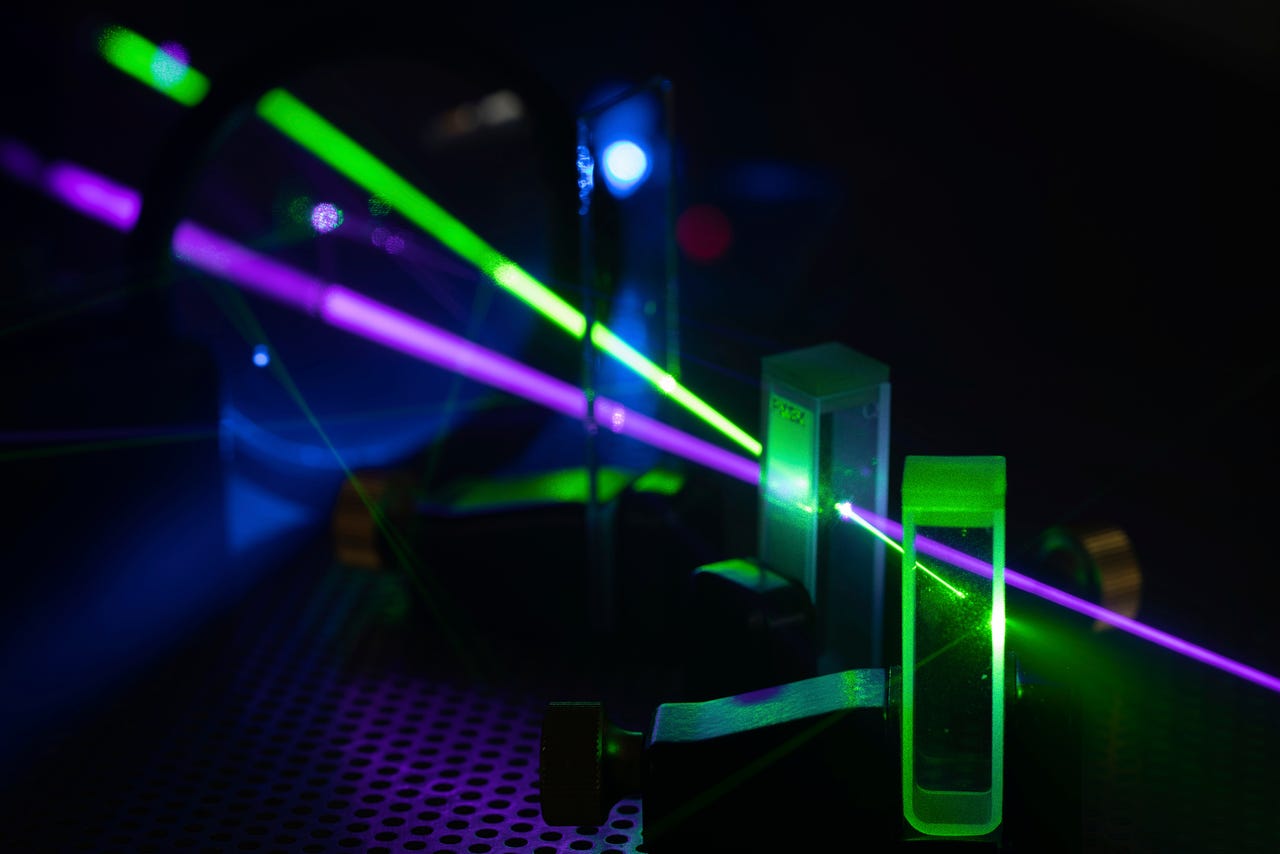
The Consumer Electronics Show (CES) 2024 in Las Vegas is a key platform for innovators who want to demonstrate how the burgeoning influence of photonics will reshape how we use technology.
Also: CES 2024: What's Next in Tech
sorts through the wave of CES news and announcements to identify innovations that will make the most impact on professionals. Learn about the newest products and trends that transform the future of work and life.
Read nowPhotonics, which is the science of light generation, manipulation, and detection, is steering the electronics industry toward a more efficient, faster, and sustainable future. The impact of photonics will be profound and multifaceted, touching everything from energy consumption to data transmission.
Two standout innovators in this field, Ambient Photonics and Slux, have demonstrated how light can be more than a mere tool for illumination and can instead be the backbone of our technological future.
At its core, photonics involves using photons (light particles) to perform functions that electrons are typically used for in standard electronics. This shift from electrons to photons is revolutionary, offering a leap in data transmission speeds and energy efficiency. In an era where energy conservation and efficient communication are paramount, photonics is a beacon of progress, which provides solutions that traditional electronic technologies can't match.
The principles behind an Ambient Photonics bifacial cell.
The innovations from Ambient Photonics (booth 53755 in the Venetian Expo) stand out at CES 2024, introducing a new kind of solar technology that is changing how we think about powering our devices.
Also: These 5 major tech advances of 2023 were the biggest game-changers
The company's special low-light, indoor solar cells are transforming how devices get their energy, leading us toward an energy-efficient future where our electronics have less impact on the environment.
Traditional solar cells, which are mostly made from silicon, have been a key part of solar technology for a long time. However, these cells have some big drawbacks. They work best in bright sunlight, lose a lot of energy as heat, and can only absorb certain types of light. Plus, these cells are usually stiff and bulky, which means they're mostly used outdoors. Ambient Photonics has tackled these issues directly, rethinking solar cells for everyday indoor use.
At the core of Ambient's technology are Dye-Sensitized Solar Cells (DSSC). These cells use a special dye to soak light and create energy. This unique approach lets the cells capture a wider range of light, including the lower-energy light that regular cells miss. This approach means the cells work well even in low light, such as indoors under normal lighting, making them much more versatile and efficient in different environments.
Also: AI in 2023: A year of breakthroughs that left no human thing unchanged
What really makes Ambient stand out from the competition is its commitment to being green and efficient. By allowing devices to use even the dim light inside our homes, the company offers a solution to the environmental problems caused by throwing away batteries. The company's technology doesn't just make batteries last longer -- it could lead to a future where we don't need batteries or only require smaller ones, helping us to reduce electronic waste and harmful emissions.
Ambient's solar cells are also designed to be different from traditional ones. They're thin, flexible, and can be put onto almost any surface or material. This capability opens up exciting possibilities for powering all kinds of products, from remote controls and wearable tech to sensors and other smart devices.
Although the technology has not yet had broad industry applications, Ambient is at the leading edge of a new era in solar technology. The company's innovative approach to using low light for power is not just about meeting today's needs, but it's also about creating a future where our devices are powered in a cleaner, more efficient, and accessible way.
How Slux's Li-Fi implementation works.
Swiss-based startup Slux (located within the Swisstech Pavilion, booth 55835 in the Venetian Expo, Global Level Hall A-D) is leading the way in Li-Fi, which is a new technology that uses light to send data. Unlike Wi-Fi, which uses the crowded radio frequency spectrum, Li-Fi is faster and safer.
Slux's technology can send data incredibly fast, much faster than the speeds we're used to with regular Wi-Fi. And because the technology uses light, it's also naturally more secure. Light can't go through walls, so your data stays where it should. Plus, Slux has figured out how to get around the usual problem of needing a clear path for light to travel. The company's smart use of light reflection lets signals keep going, even around corners, making this technology more useful and flexible than ever before.
Also: 10 ways to speed up your internet connection today
But Slux's Li-Fi isn't just an idea -- it's a real-world solution with many uses. In busy cities, Slux's Li-Fi can use streetlights to create a high-speed internet network, helping to avoid the overcrowding that happens with regular radio signals. In factories and warehouses, the technology can help machines and sensors talk to each other more efficiently and safely, even when there's a lot of other electronic noise. For underwater tasks, where regular signals can't go, Slux's Li-Fi can improve how we send data for applications, such as ocean research. In air travel, the technology can give passengers fast internet in the skies without messing with a plane's equipment. And in hospitals, Li-Fi can help keep patient information safe while supporting new ways for doctors to communicate and help patients in real time.
Slux is changing the game with its Li-Fi technology, offering a faster, safer, and more versatile way to communicate using light. This development isn't just good news for internet speeds at home, it's potentially a giant leap forward for all industries and activities, from the ocean's depths to the skies above and onto our healthcare systems.
The impact of photonics technologies, such as those being showcased at CES 2024 by Ambient and Slux, is potentially huge. For consumers, these changes mean people will have quicker internet, longer-lasting devices, and greener living. For businesses, using these new technologies could cut costs, reduce environmental harm, and even lead to new jobs and industries.
Also: Two breakthroughs made 2023 tech's most innovative year in over a decade
Photonics is doing more than just improving our gadgets. The technology heralds a major change in how our electronics work. We're moving toward a future where our devices get power from the light around us and send information at incredible speeds while being safe and efficient. As we prepare for these exciting developments, it's clear that photonics will make our world brighter and more connected.
 Hot Tags :
Innovation
Hot Tags :
Innovation